By_Suraj Karowa
October 31, 2025

Hurricane Melissa, one of the most ferocious storms in Atlantic history, has carved a path of unimaginable destruction across the Caribbean, claiming at least 59 lives and leaving billions in damage. The Category 5 behemoth slammed into Jamaica on October 28 with 185 mph winds and a record-low pressure of 892 millibars, tying it with the 1935 Labor Day hurricane as the most intense landfalling Atlantic storm ever recorded.
Weakened but still deadly, Melissa brushed Cuba as a Category 3, triggered deadly floods in Haiti, and now churns toward Bermuda as a Category 2, sparing the island a direct hit but promising fierce winds and rains.

In Jamaica, the hardest-hit nation, “complete and utter destruction” defines the aftermath. Coastal towns like Black River in St. Elizabeth Parish lie in ruins, battered by a 15-foot storm surge that obliterated homes, roads, and centuries-old landmarks. ANW correspondent Derek Van Dam described the 17th-century port town—once a hub for eco-tourism—as “hell on earth,” with residents scavenging for water and food amid looting driven by desperation.
“Everything is gone,” wept local Britney Samms, echoing the sentiments of thousands displaced. Over 140,000 Jamaicans were isolated during the onslaught, and infrastructure crumbled: power outages affect hundreds of thousands, while 25,000 stranded tourists await evacuation.

At least 22 deaths are confirmed in Jamaica, including eight in Westmoreland, Hanover, and St. James parishes, plus four in St. Elizabeth and three during preparations. Military helicopters airlift supplies to cut-off communities, but heat, humidity, and debris-snarled roads hinder progress.
In Montego Bay, 77-year-old Alfred Hines recounted wading through neck-high floodwaters to survive. Education Minister Dana Morris Dixon announced schools in Kingston would reopen Monday, a flicker of normalcy amid the chaos. Yet, Local Government Minister Desmond McKenzie warned the nation’s grid is “severely compromised,” with recovery potentially spanning months.
Cuba fared little better. Melissa roared ashore near Chivirico on October 29 as a 120 mph Category 3, unleashing mudslides, floods, and isolation in the east. President Miguel Díaz-Canel reported “extensive damage,” with 241 rural communities severed in Santiago province alone.

Over 735,000 were evacuated preemptively, averting worse casualties, but forecasters predict 10-25 inches of rain could spark more catastrophes. In Santiago de Cuba, families sifted through rubble for salvageable belongings, their homes reduced to debris.
Defying historical U.S.-Cuba tensions, Secretary of State Marco Rubio activated the Disaster Assistance Response Team (DART) on October 29, pledging immediate humanitarian aid via exemptions to the embargo—food, medicine, and direct support.
Cuban Deputy Foreign Minister Carlos Fernández de Cossío welcomed the outreach but seeks details, while allies like China and Venezuela dispatch “family kits” and UN teams mobilize. President Donald Trump, softening his administration’s hard line, affirmed U.S. readiness to assist “on a humanitarian basis.”
Haiti, spared a direct strike, suffered the grim toll of Melissa’s outer bands: 29 deaths from flooding and landslides, including 10 children in Petit-Goâve where a river burst its banks.
Survivor Steven Guadard lost his wife and four young children—one just a month old—in the deluge, his voice breaking as he told the Associated Press, “The storm killed my entire family.” In Les Cayes, residents clutched sodden possessions amid waist-deep waters, a stark reminder of Haiti’s vulnerability to even peripheral impacts.
As Melissa accelerates northeast, Bermuda hunkers down. No landfall expected, but the Category 2 storm—now with 100 mph winds—will lash the archipelago with gusts up to 110 mph, heavy rains, and rip currents tonight. National Security Minister Michael Weeks ordered the Causeway bridge closed, schools shuttered, and ferries halted “out of an abundance of caution.” The Bahamas, too, braces for remnants as the hurricane skirts eastward.
Globally, Melissa etched records: the 2025 season’s strongest cyclone, boasting a dropsonde-measured gust of 252 mph—the highest ever. Preliminary damages top $8 billion, with four more deaths in Panama from precursor rains. International aid surges: Britain’s £2.5 million ($3.3 million) funds evacuations for its nationals in Jamaica, while the U.S. eyes relief flights amid a partial government shutdown complicating airport operations.
Amid the rubble, glimmers of resilience shine. In Black River, Van Dam noted tearful reunions and shared laughter—human bonds enduring nature’s wrath. Recovery teams race against time, but experts warn climate change fueled Melissa’s “supercharged” rapid intensification, from 70 mph to Category 5 in days. As the Caribbean picks up the pieces, the world watches: How will this monster storm reshape the region’s future? For now, the focus is survival, one hug, one supply drop at a time.
Discover more from AMERICA NEWS WORLD
Subscribe to get the latest posts sent to your email.
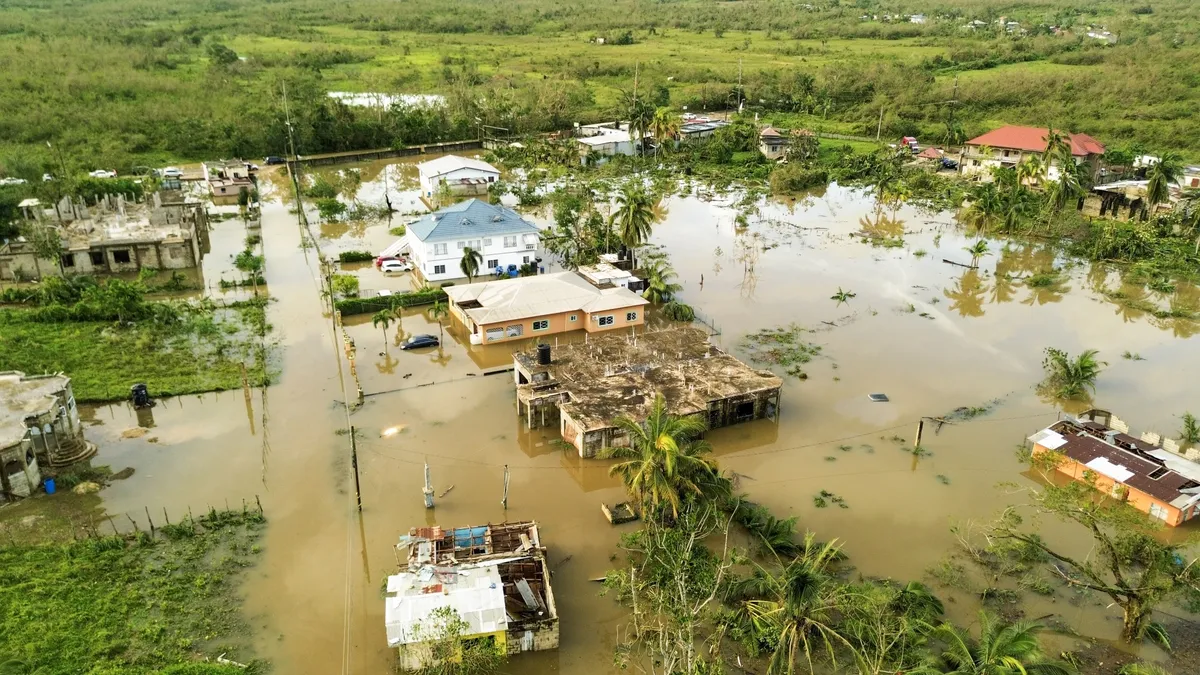
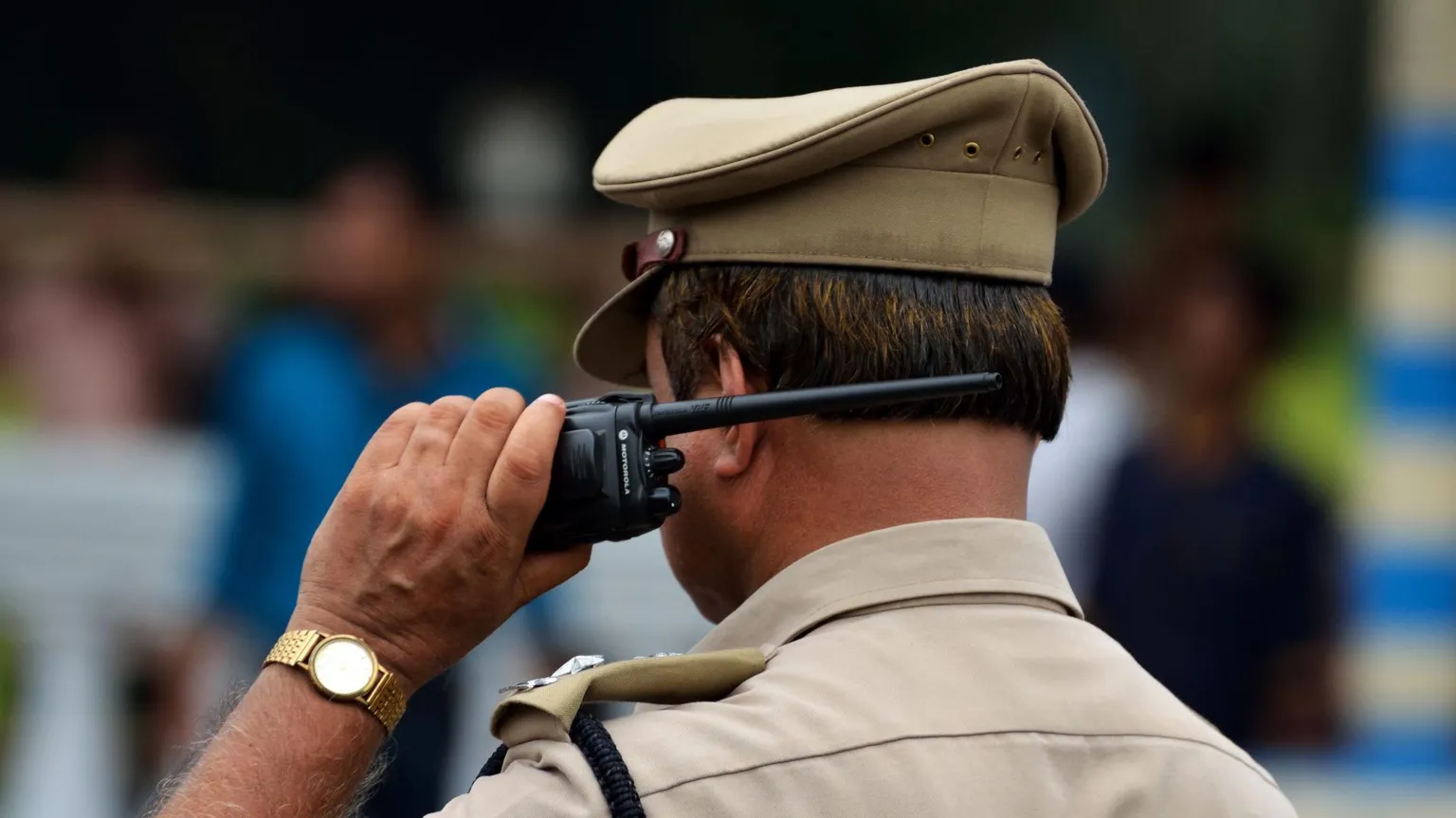
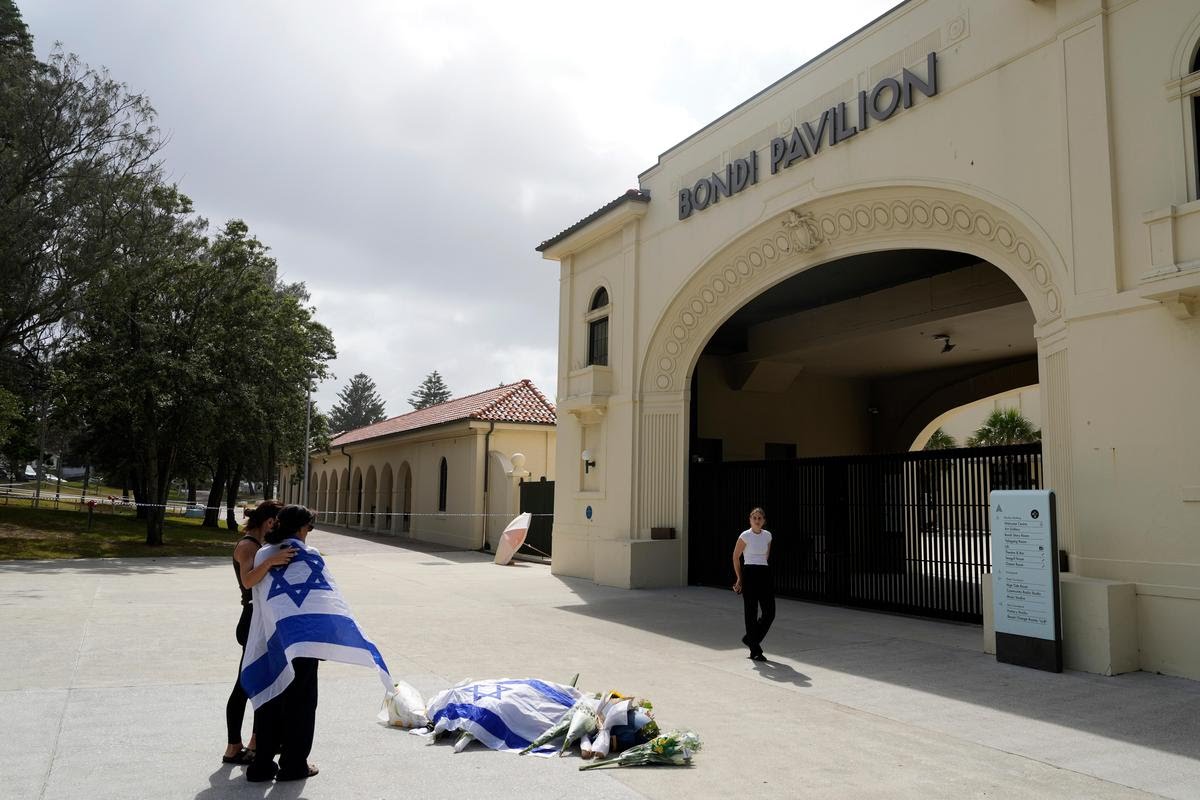

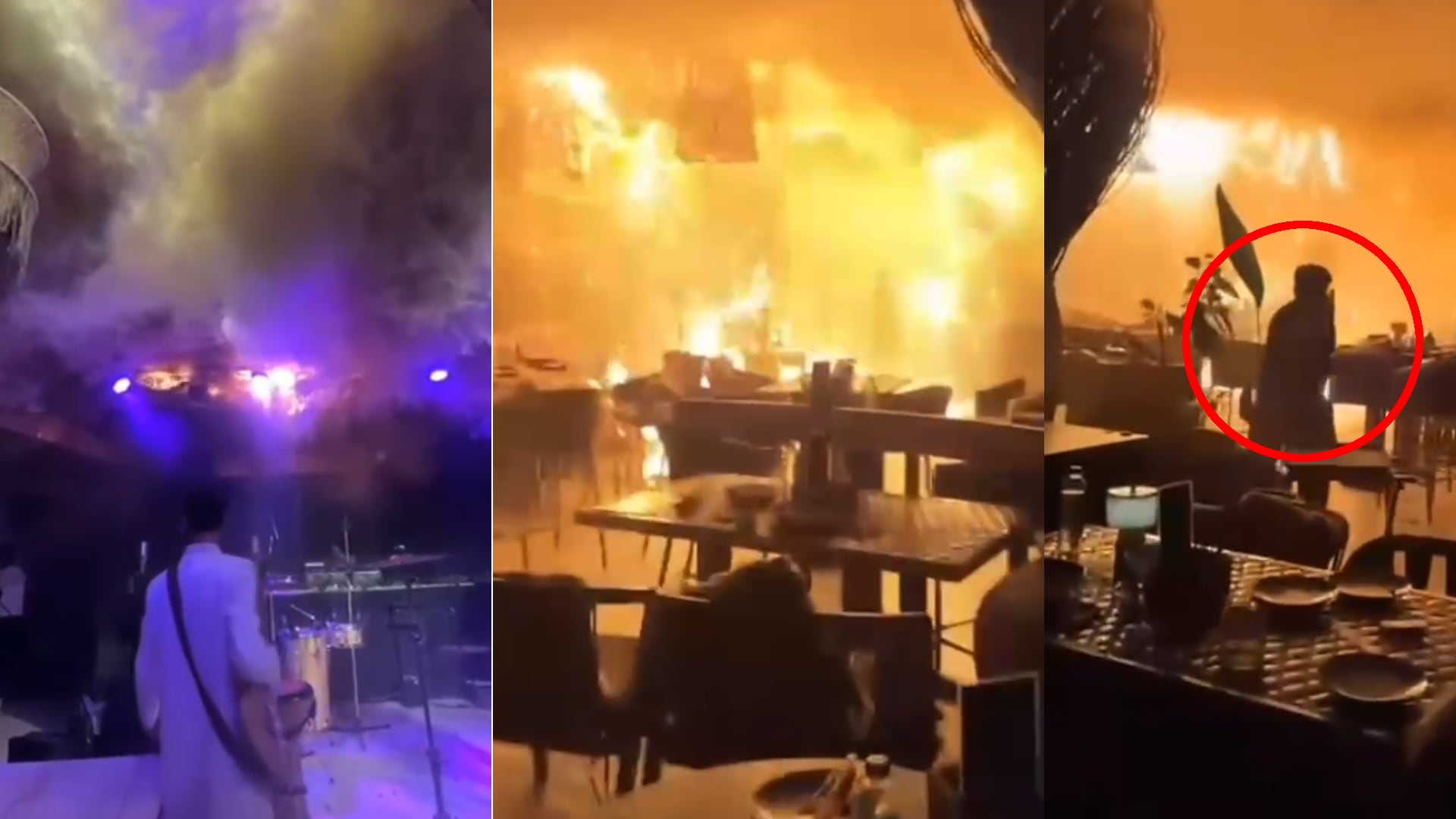
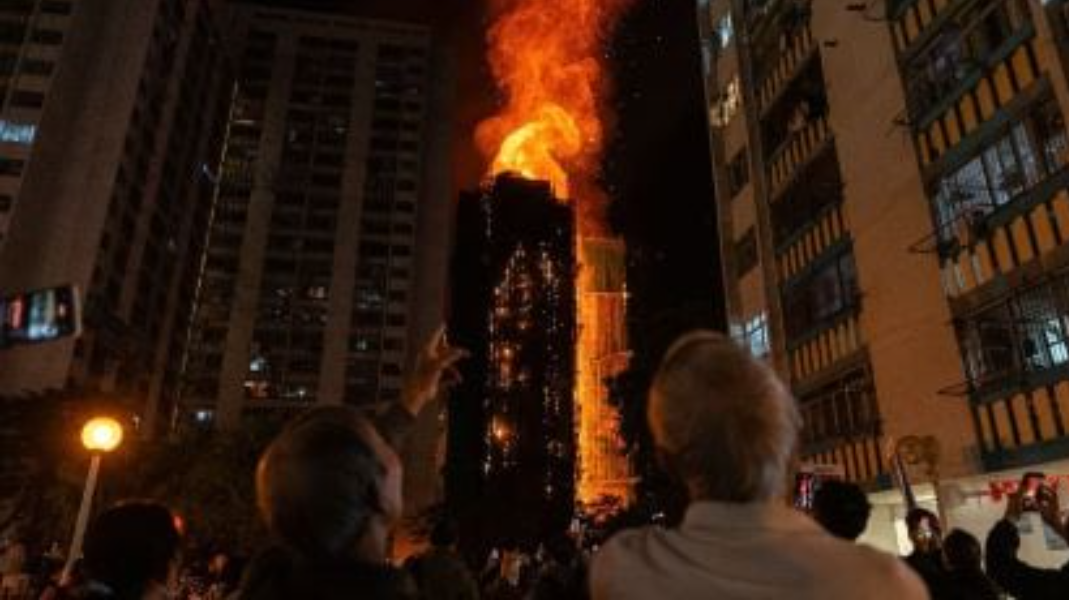
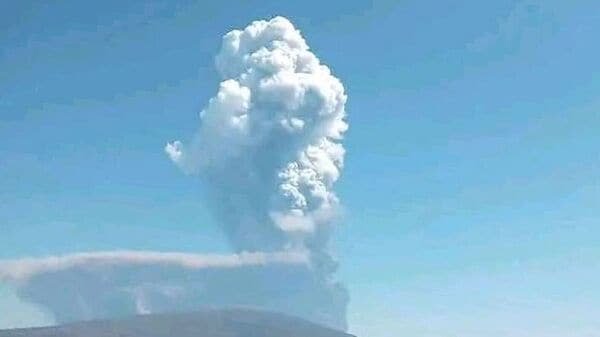
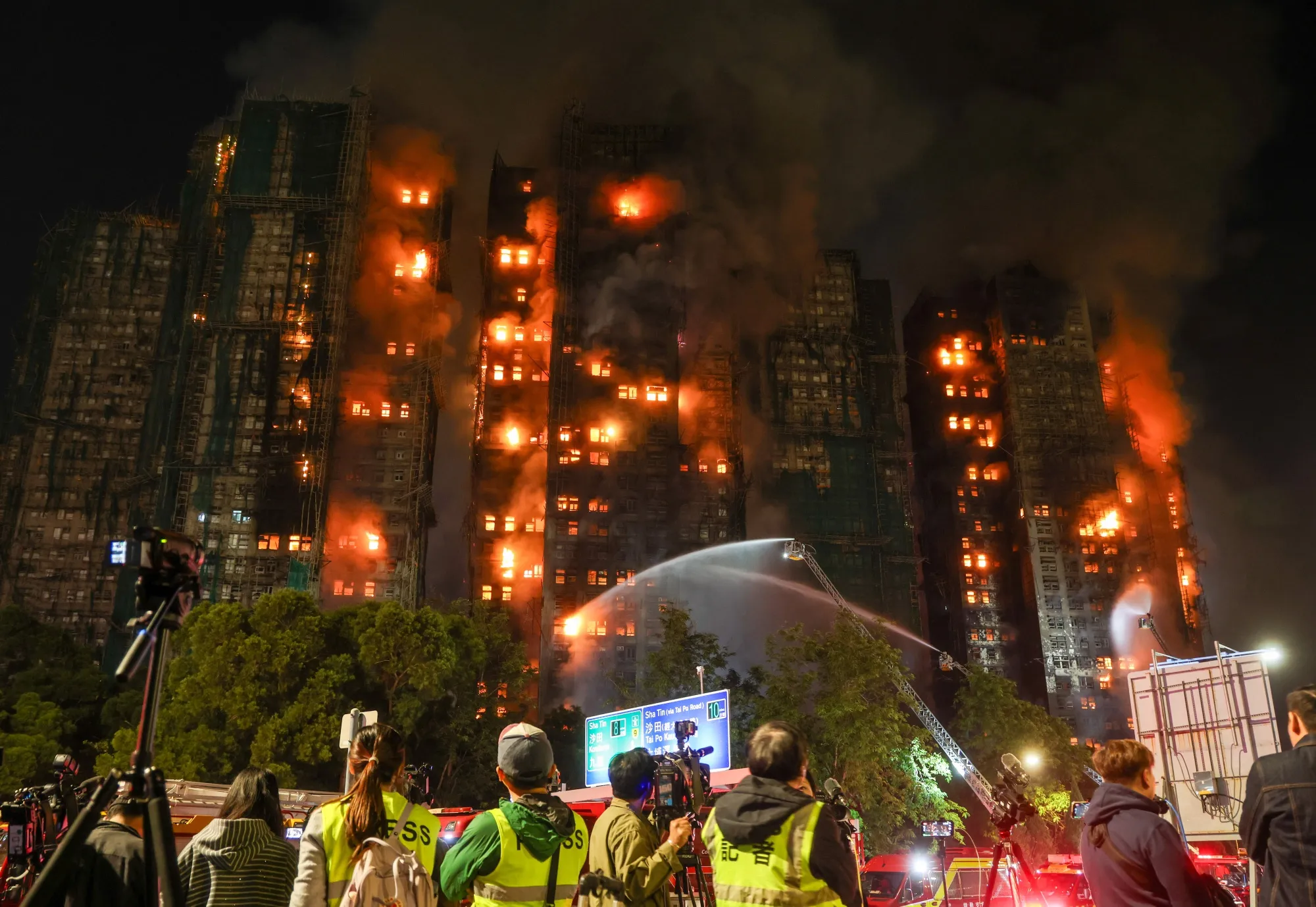

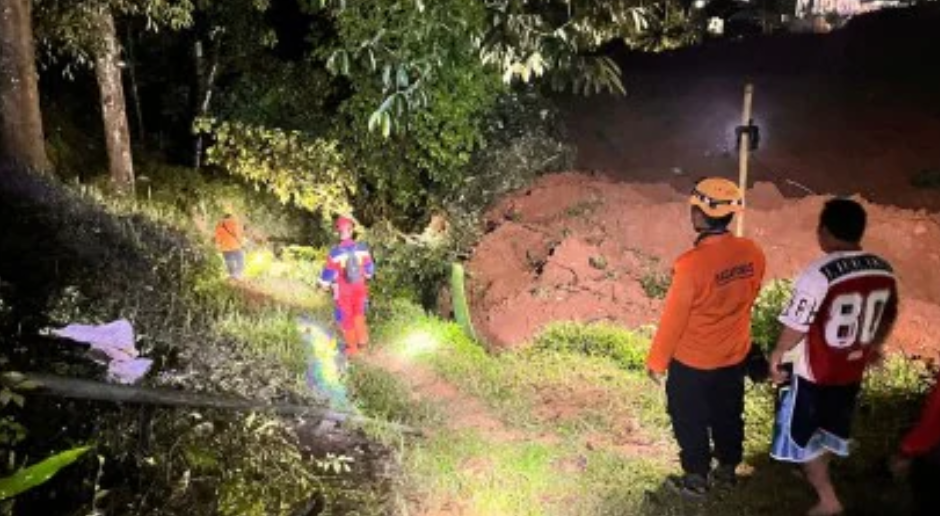
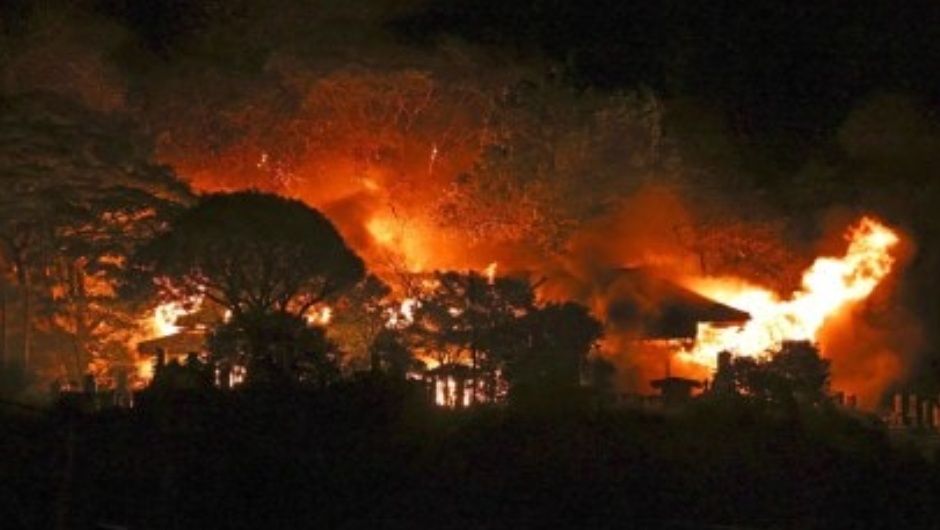



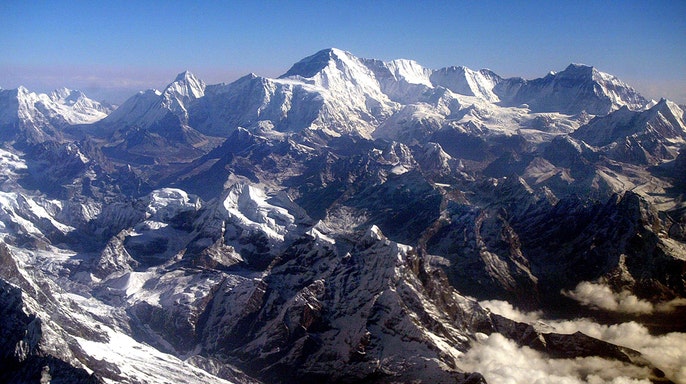
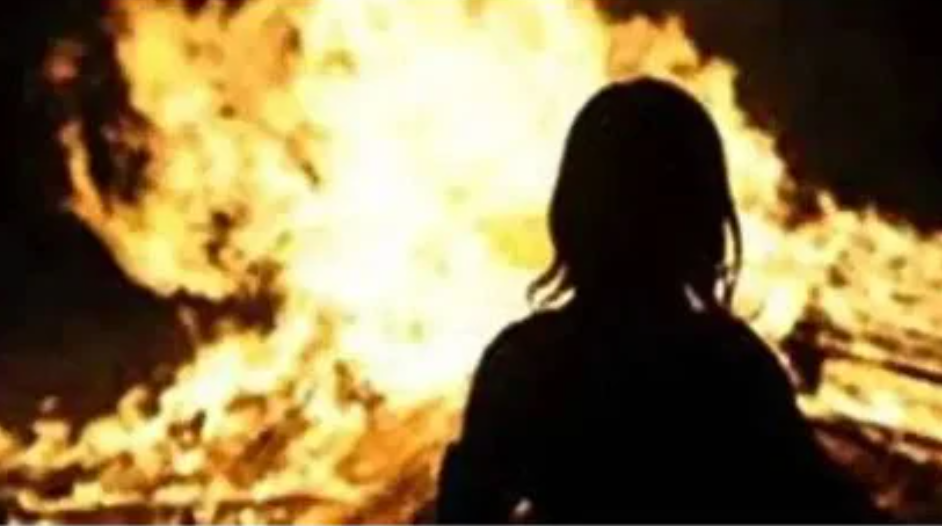
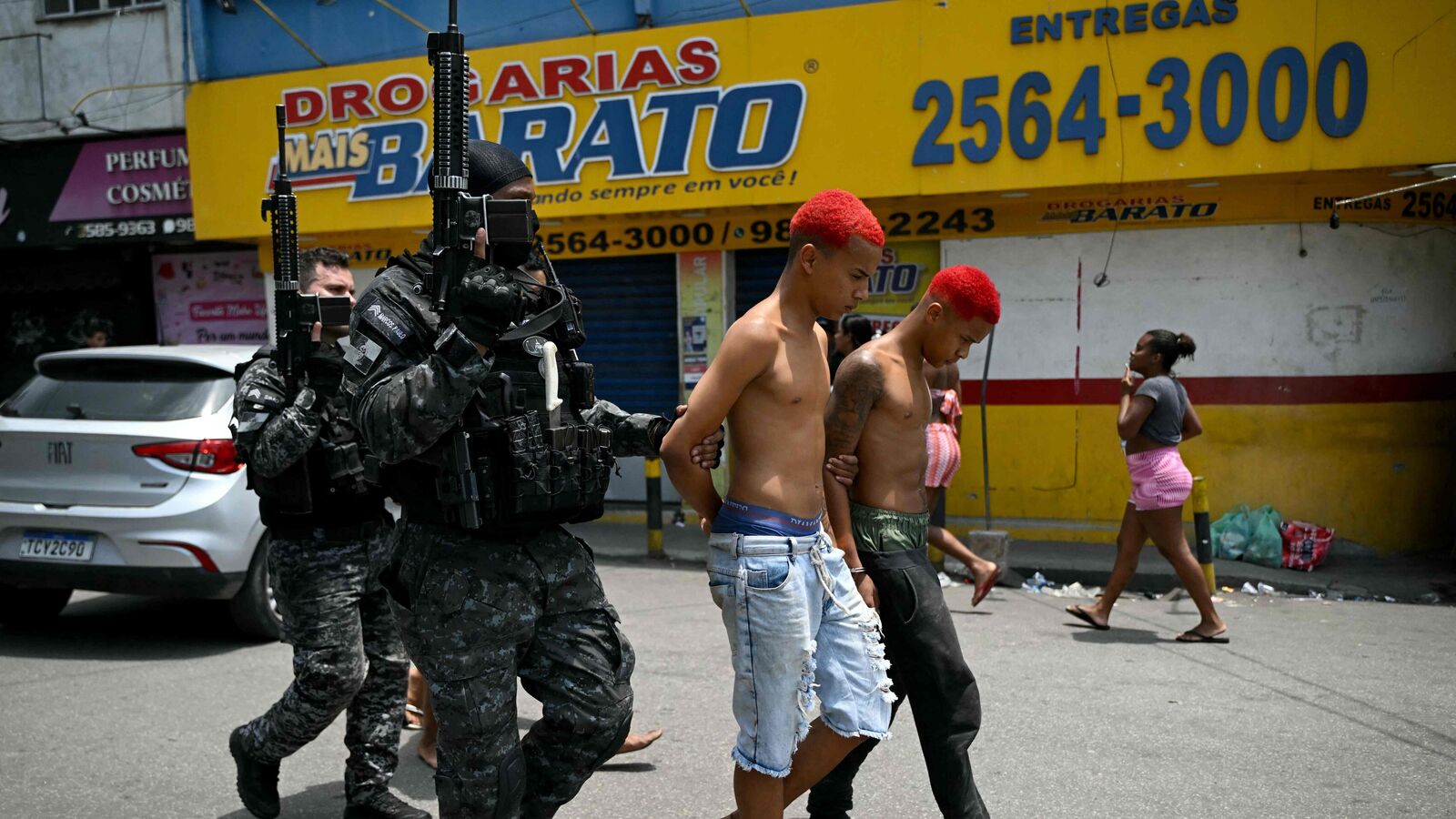
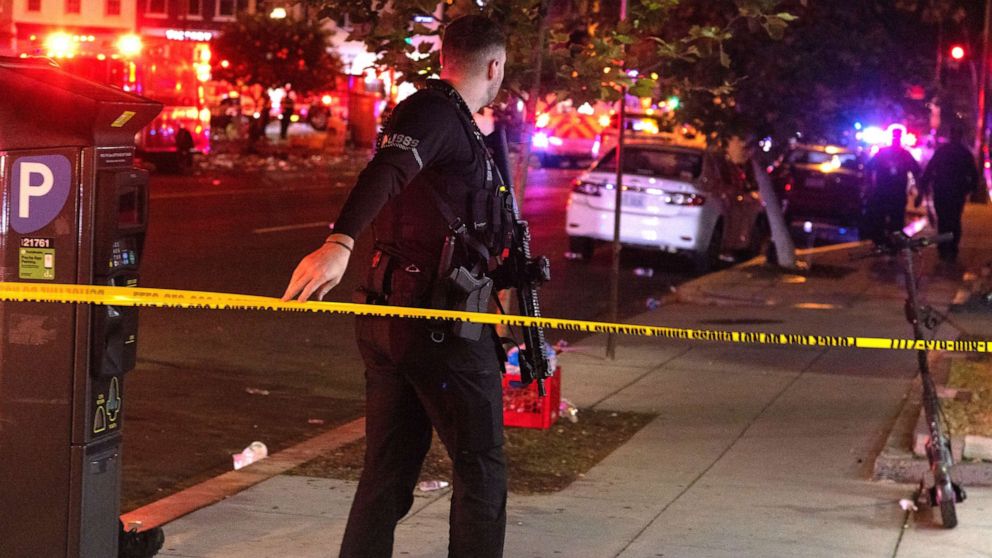
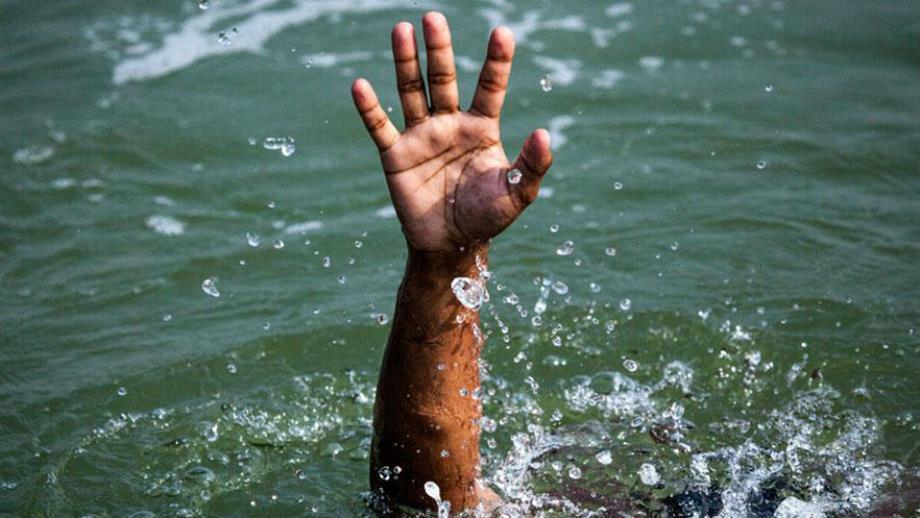
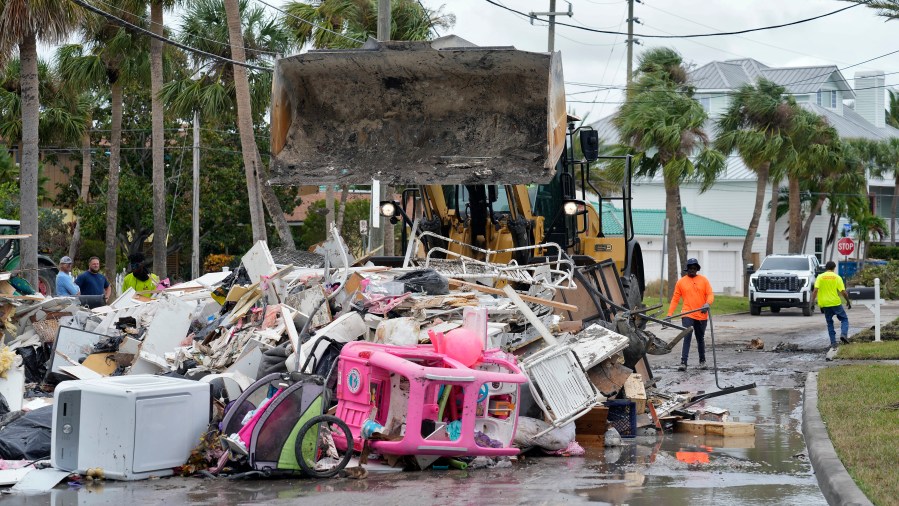
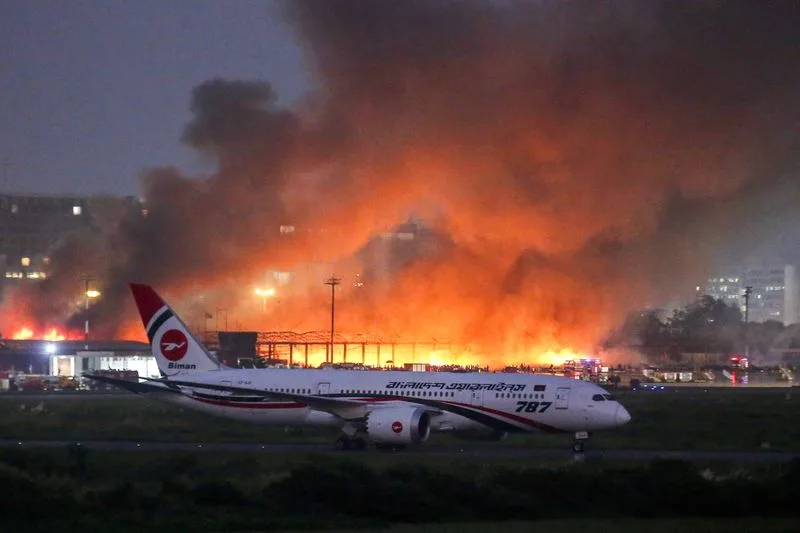
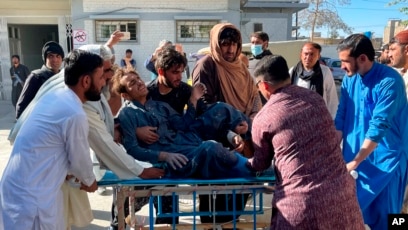
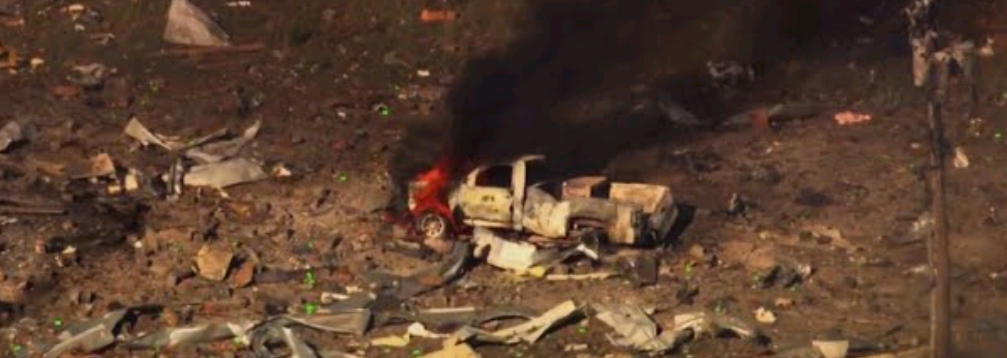
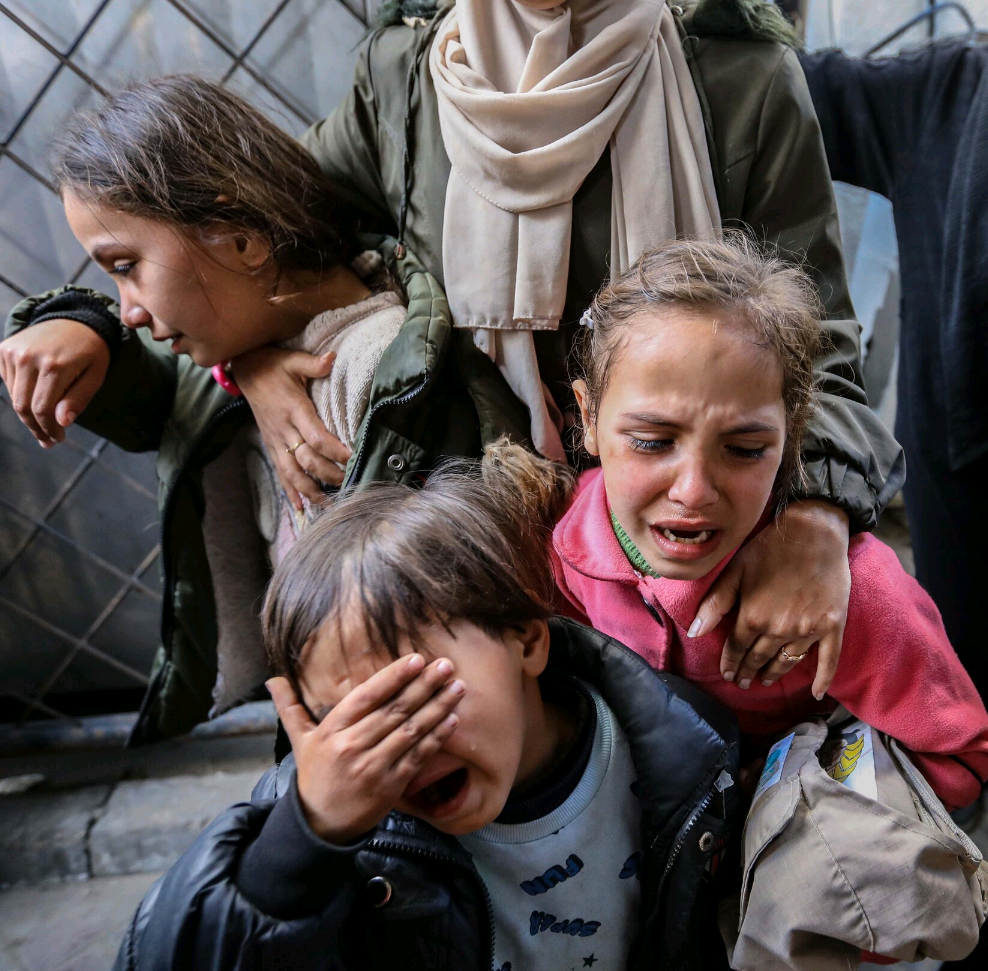
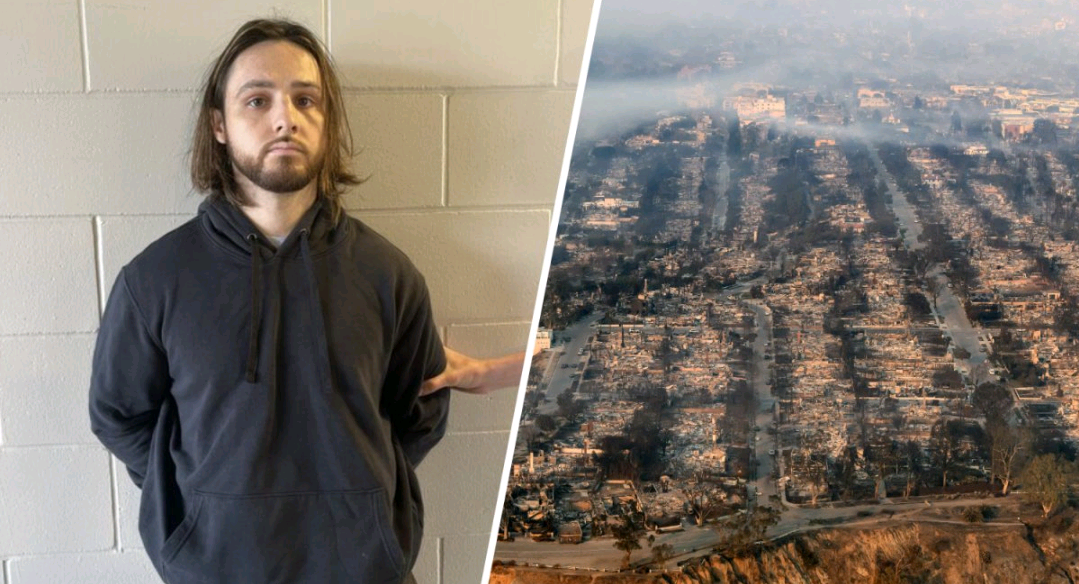
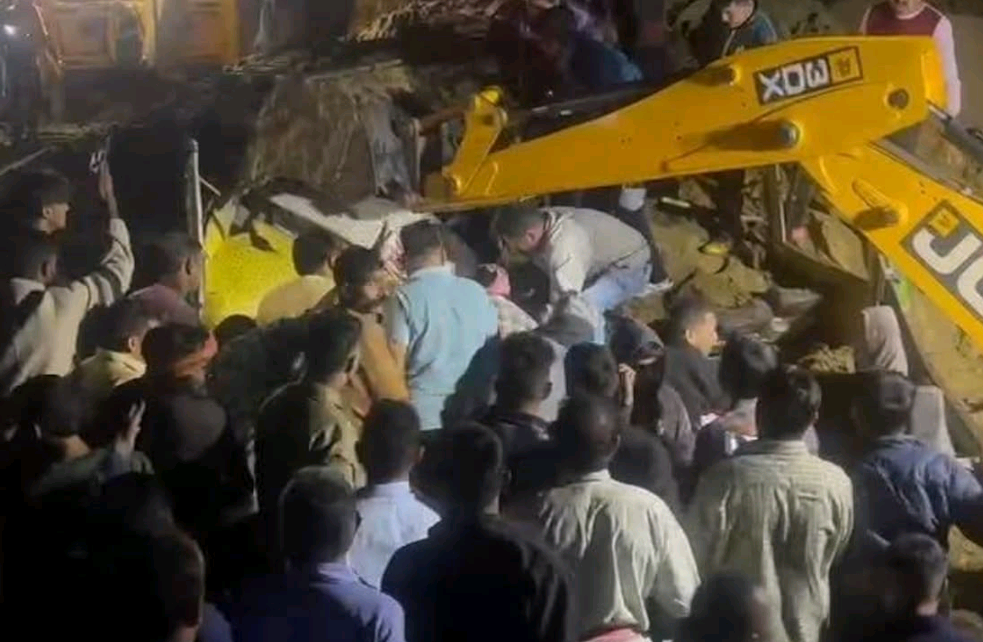
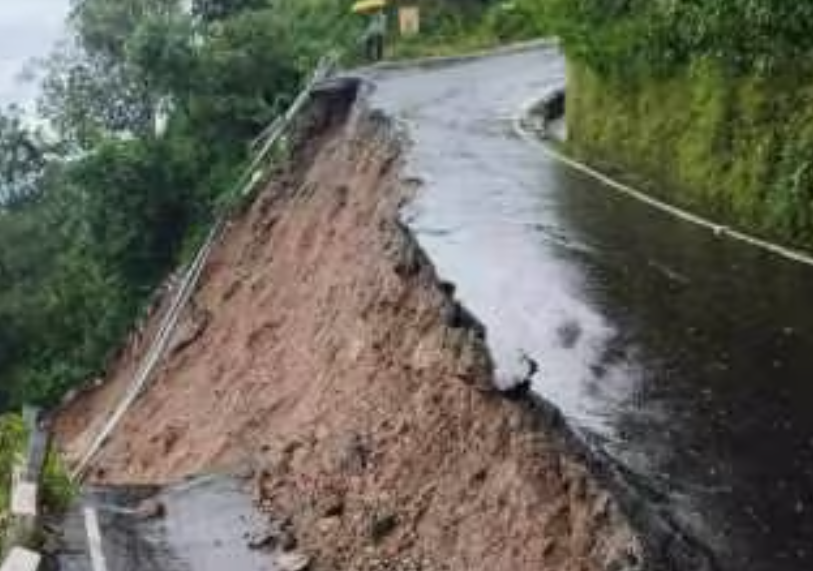
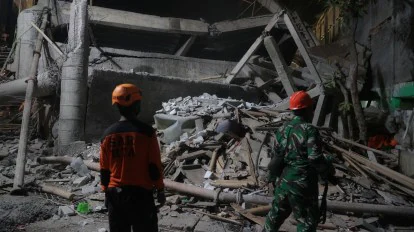
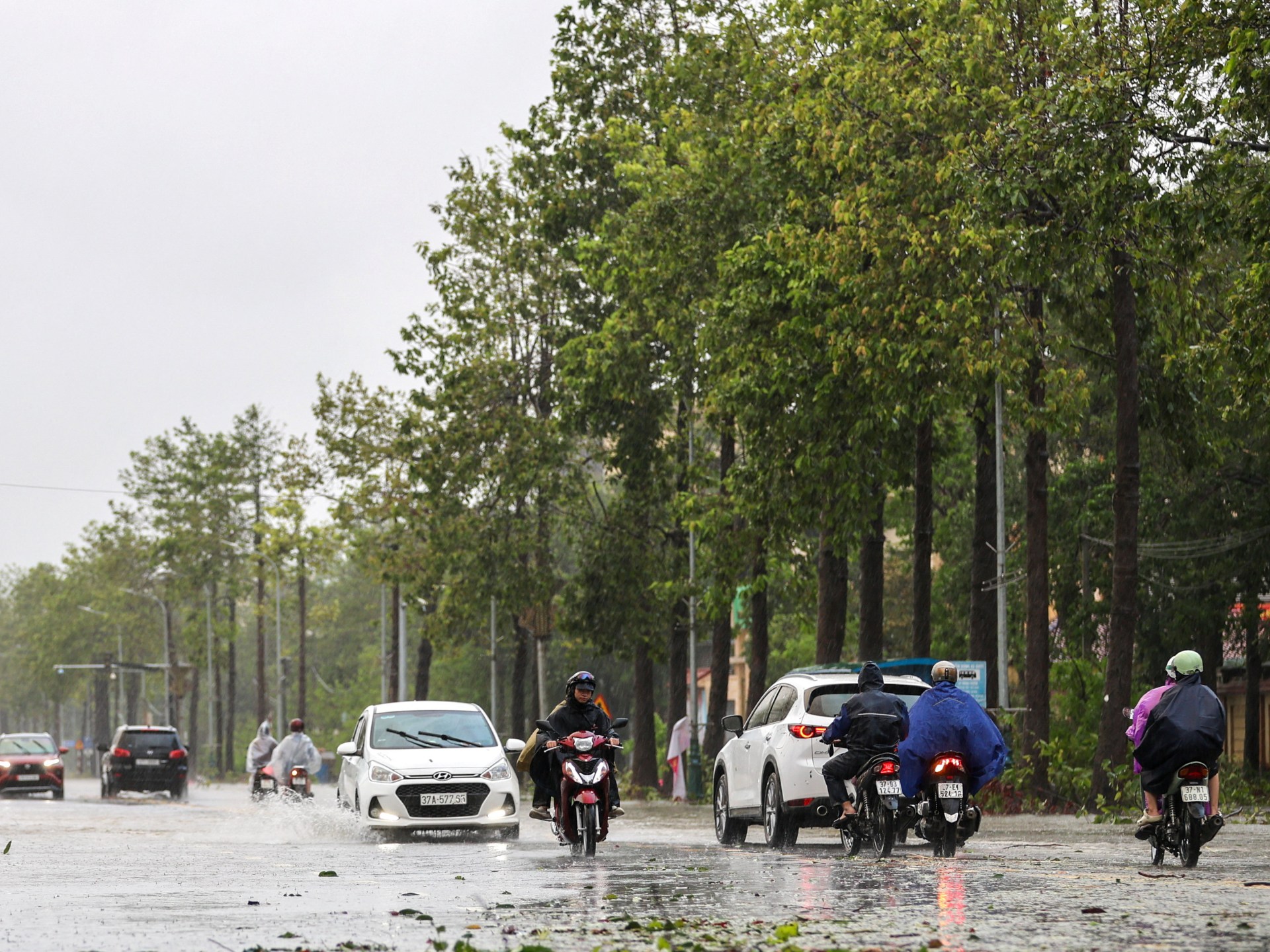

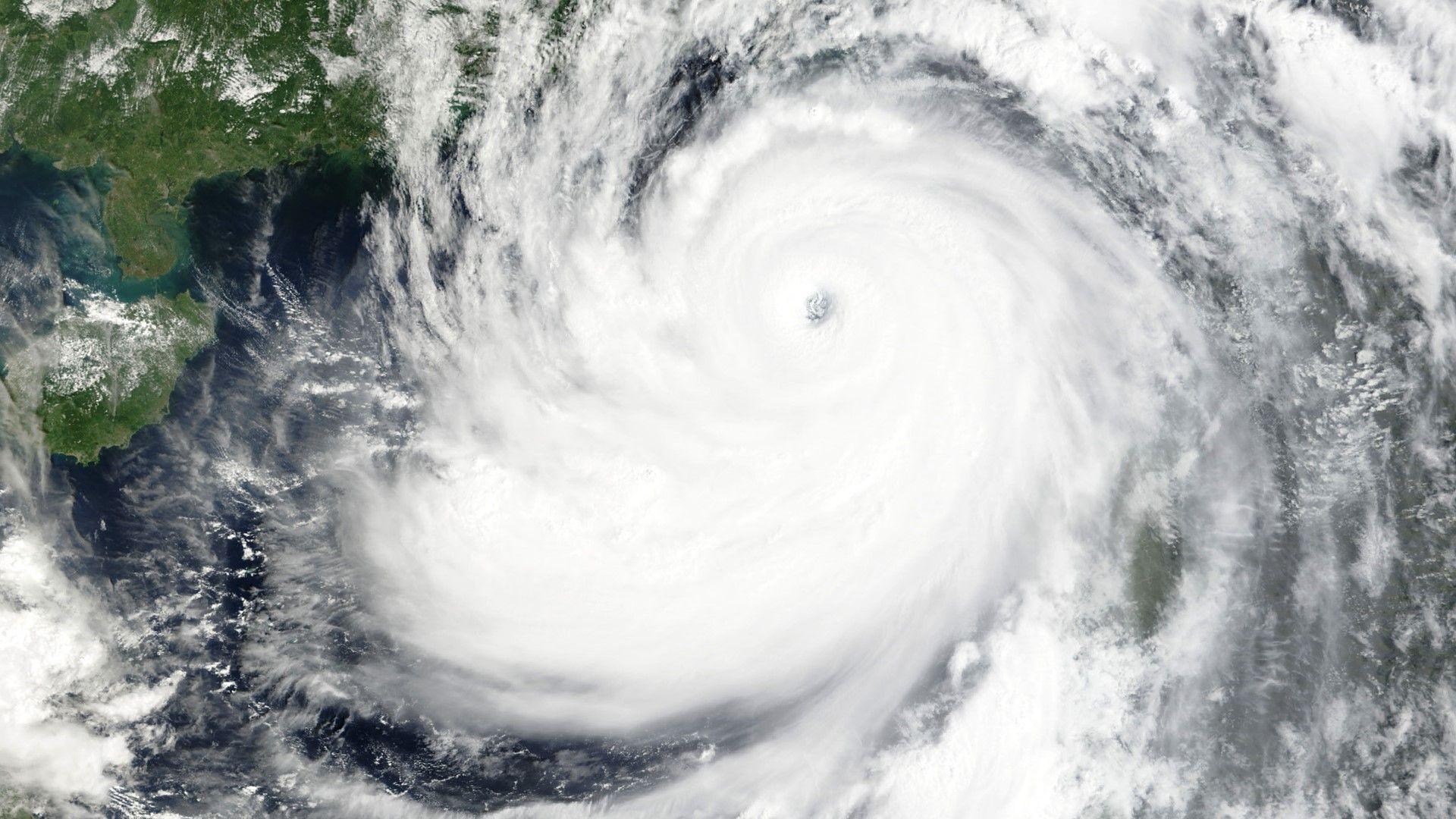









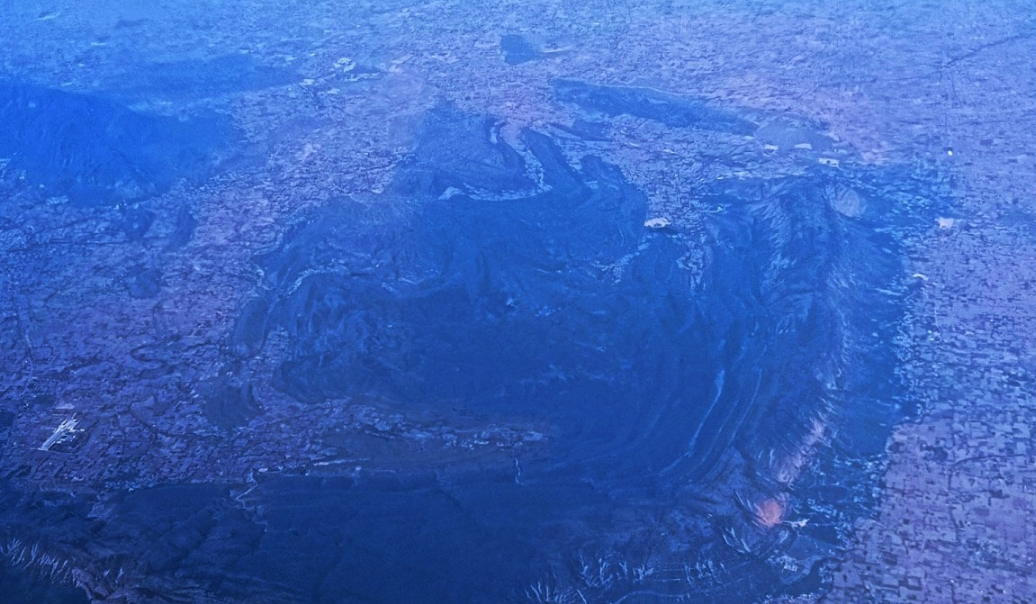

Leave a Reply